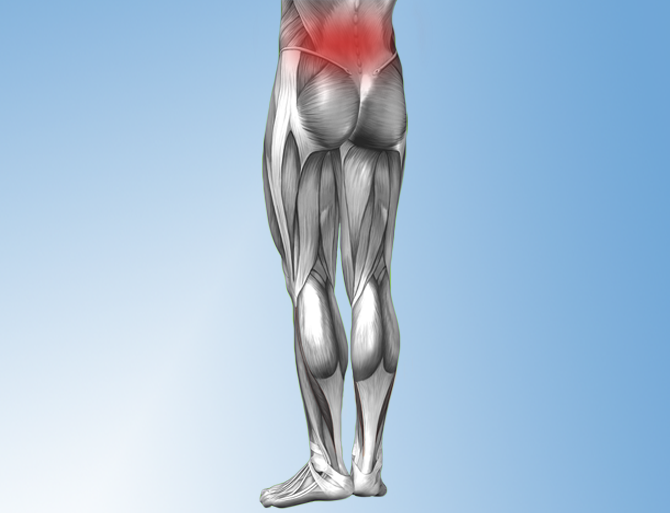Low back pain is one of the most common health concerns that send people to seek solutions from chiropractors. People may be suffering from back pain that began abruptly as a result of an accident or by lifting something heavy. With older adults, back pain can develop over time due to lack of exercise or a sedentary lifestyle. Common pain patterns can also be associated with pregnancy.
For many people, low back pain is short term in nature and will last a few days to a few weeks. However, for others, the pain becomes a challenging condition that lasts for months or years. Those suffering from this chronic back pain seek relief and typically, upon examination, we find issues with the way the spine, muscles and intervertebral discs work together, which causes residual loss of function. Thankfully, regularly scheduled spinal manipulation is generally effective for the treatment of chronic lower back pain. The goal of these types of treatments is to relieve the pain and enable the body to heal itself without surgery or medication.
Common low back problems we treat with chiropractic therapies.
- Lumbar Sprain/Strain
- Lumbar Disc Herniation
- Sacroiliac Joint Dysfunction
- Lumbar Facet Joint Imbrication
- Spinal Stenosis

- Probably the least mentioned and one of the more common problems
- 25% of all low back pain problems can be attributed to the SI Joint
- The sacroiliac joint sits below the lumbar spine and connects the sacrum to the pelvis
- The pain is usually one sided adjacent to the sacrum but it can occur on both sides
- The pain commonly radiates central and towards the hip
- The pain can also radiate into the buttock and travel as far down as the mid-hamstring
- Problems like this can occur if you step off a curb suddenly, miss a step or catch-yourself off-guard during a fall but never fall to the ground
- Pain can be uncomfortable when trying to sleep due to pressure on the joint itself
- Leg may feel like it wants to give way when walking
- Supportive treatment options include rest, ice, and/or moist heat applied directly to the area
Chiropractic adjustments are the best option for this type of problem. Recovery time is usually 2-4 weeks with chiropractic care. People who have not had success with lumbar spine surgery may have had an SI joint problem that was overlooked.

- This is narrowing of the spinal canal that affects the spinal nerve roots causing pain
- Usually seen in patients over 50 years old with degenerative disc disease
- Can also be due to an injury or can occur in people born with a narrow spinal canal
- The symptoms can mimic disc herniation with radiating pain from the lower back into the lower extremity and can be given the term sciatica
- Diagnosis is usually made from x-rays or MRI where the spinal canal can be visualized
- Many healthcare providers claim to treat spinal stenosis but this is often in the form of pain medication and anti-inflammatories which only offers a temporary solution to the problem; more research is needed on the value of these treatments
Chiropractors handle spinal stenosis at the root of the problem – the spine. Chiropractors have many treatment options for elderly patients who suffer from this.
We treat spinal stenosis with gentle flexion-distraction technique which works excellent for most spinal stenosis cases and is considered a soft-gentle form of spinal manipulation. We also like to pair this with low level laser treatment as an adjunct which dramatically advances positive outcomes
Experiencing back pain? Dr. Picard can help.


